
We spend most of our lives indoors, surrounded by furniture, paint, and air that’s not always as pure as it seems. Thankfully, nature designed a few quiet allies to help. These green wonders work silently, filtering the air and softening your space with calm, organic beauty. Here are the ones worth inviting home.
Spider Plant
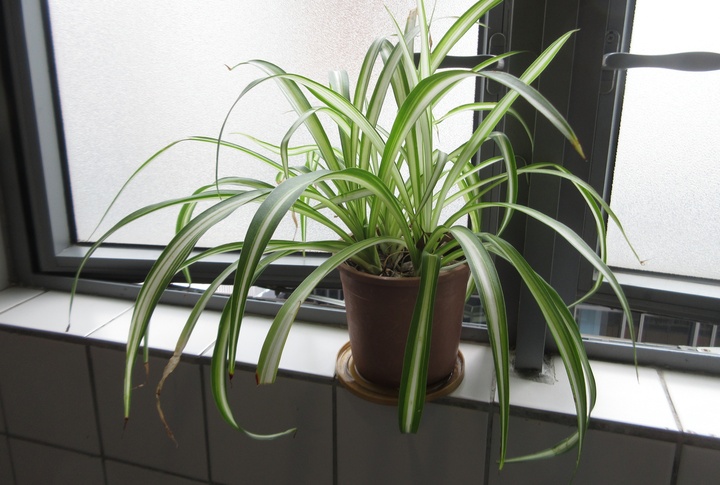
Say hello to the Spider Plant — nature’s adorable little air-cleaning superhero. This leafy buddy works hard at fighting off formaldehyde, xylene, and toluene. And those waxy leaves? They’re like tiny dust magnets, which trap particles before you even notice them.
Peace Lily
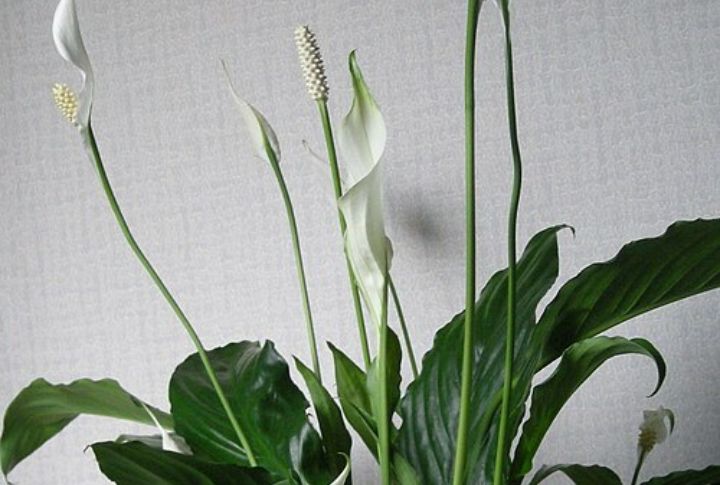
Don’t be fooled by the peace lily’s polite appearance—it’s a silent superhero in disguise. While its white bloom smiles innocently, it’s secretly scrubbing your air clean, breaking down nasty chemicals like benzene and ammonia. Bonus perk: it raises humidity and keeps that fine layer of dust under control.
Rubber Plant
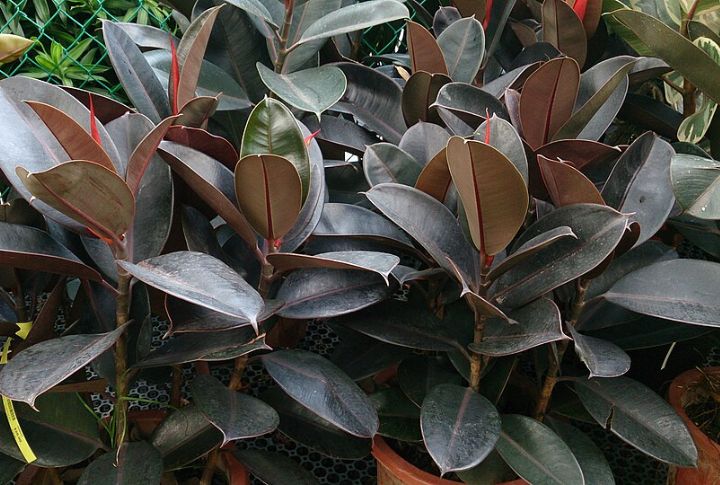
Did you know your home’s air might be hiding invisible culprits like formaldehyde and dust? That’s where the rubber plant steps in as nature’s stealthy air purifier. Its large, glossy leaves act like a built-in filter, catching dust and scrubbing away toxins.
Areca Palm
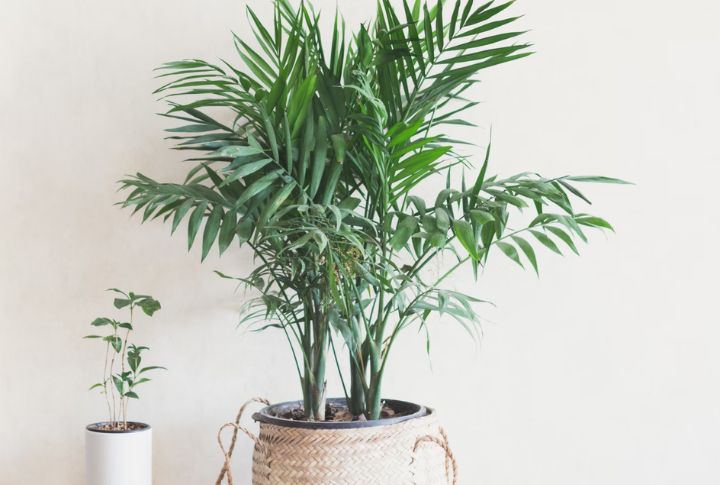
It is nature’s most elegant built-in air purification system. The feathery fronds may look delicate, but they’re working double-time. Not only does this plant remove indoor toxins like a pro, but it also releases moisture to trap airborne dust naturally.
English Ivy
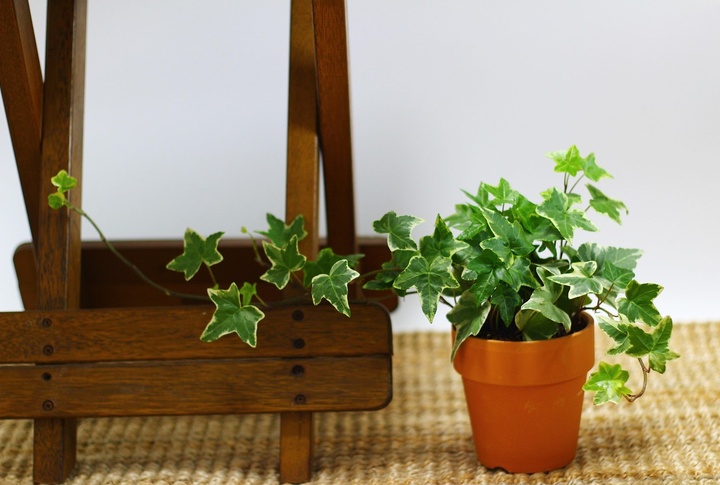
Unlike those seasonal plants that check out when winter hits, English Ivy is an evergreen overachiever — always on duty, 365 days a year. This hardy climber is a perfect fit for tackling mold spores and airborne particles like a champ.
Boston Fern
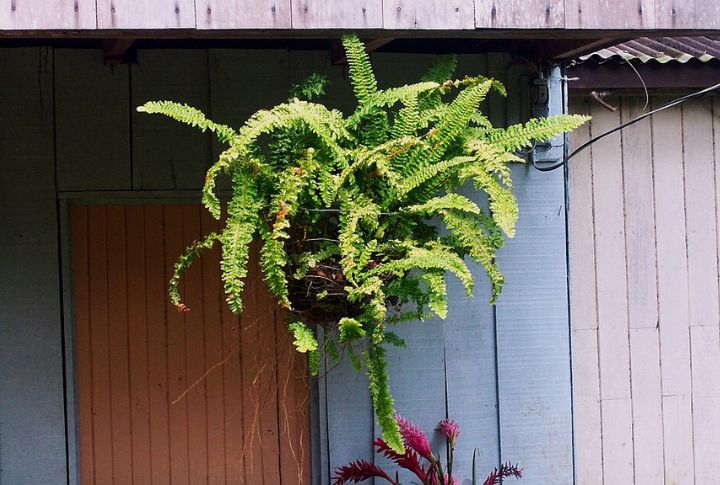
Through a fascinating process called phytoremediation, they soak up nasty toxins like formaldehyde, xylene, and toluene — all while adding much-needed moisture to your space. The bonus is that extra humidity helps dust settle faster, and leaves your indoor air noticeably fresher.
Bamboo Palm
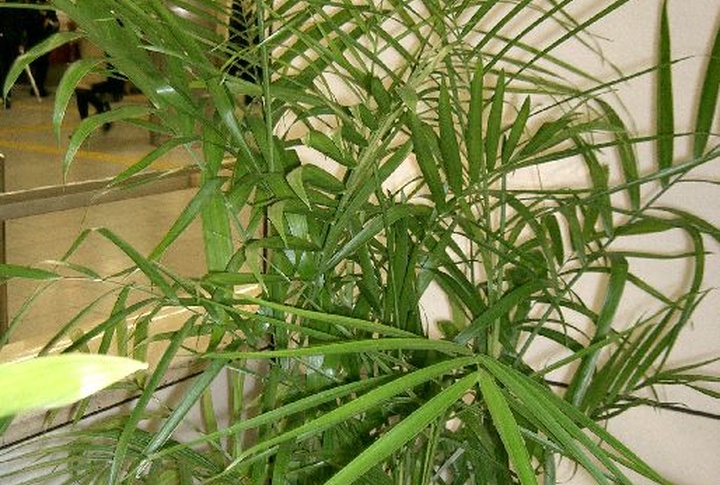
The Bamboo Palm is one of the stars of NASA’s Clean Air Study, which found it effective at filtering formaldehyde, benzene, and trichloroethylene in controlled lab tests. In real homes, its benefits are more modest, but it still adds moisture to the air and reduces dryness, a tropical touch with a hint of science.
Dracaena Marginata
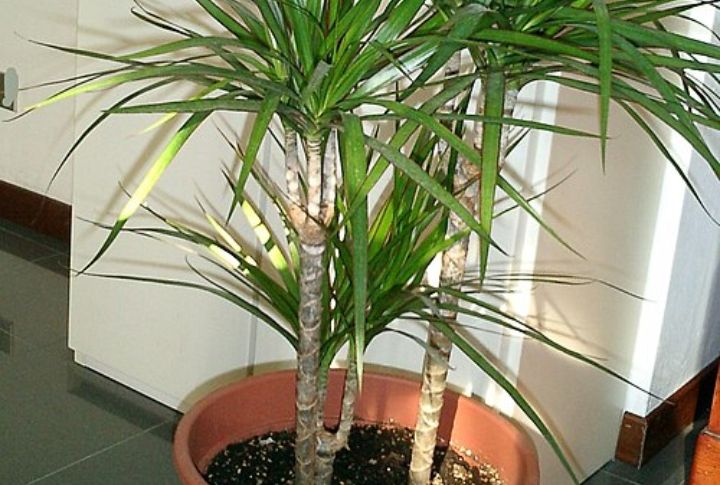
Picture that stuffy office corner where the air feels heavy and stale. Now, place a Dracaena Marginata there and watch the transformation. Its sleek, spiky leaves get right to work by trapping dust and absorbing airborne toxins. Suddenly, the air feels lighter and cleaner.
Pothos
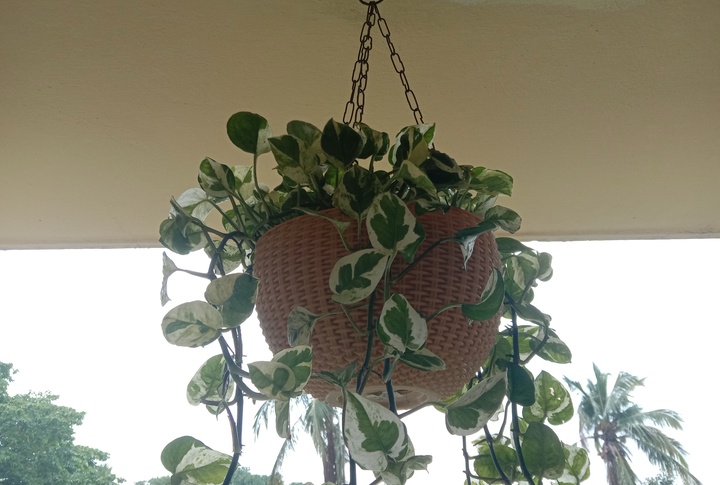
Don’t let the spooky nickname “devil’s ivy” scare you — this plant is more angel than demon. Its waxy, heart-shaped leaves quietly capture dust and filter out formaldehyde like it’s no big deal. Just give it a gentle leaf wipe every now and then, and your Pothos will keep your space feeling fresh and heavenly.
Philodendron
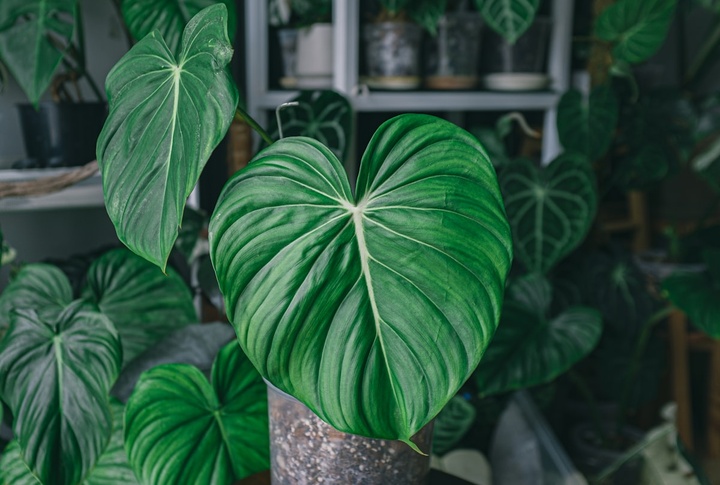
The secret to a Philodendron’s charm is the way those broad, waxy leaves trap dust and neutralize toxins in the air. These easy-going plants tackle formaldehyde without breaking a sweat, all while brightening up your space. Low effort, high reward — just how we like it.

